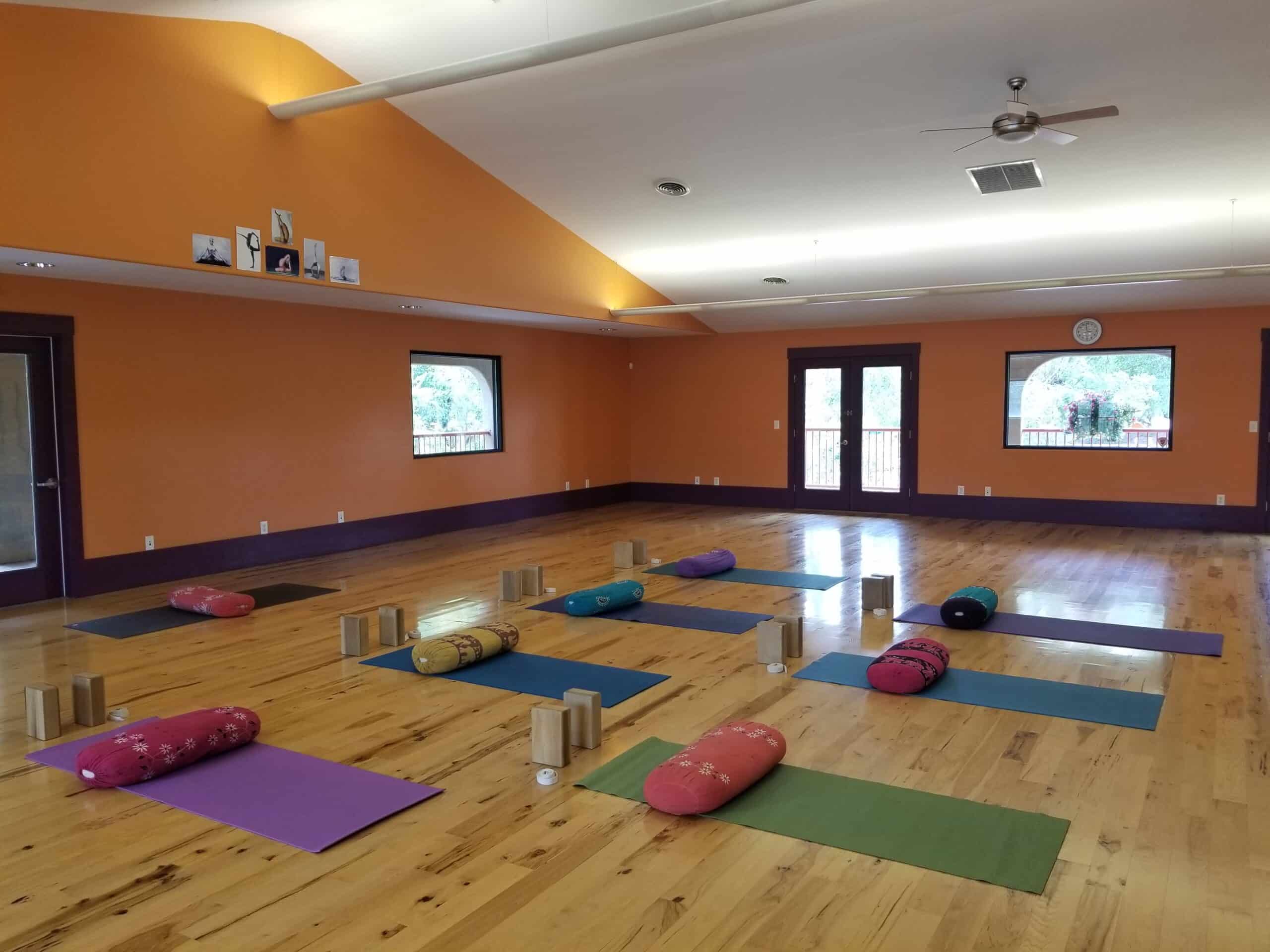Meditation Variations to Enhance Your Practice | By Cabrini Klepper
When I tell people routinely meditating practically cured my anxiety, these questions inevitably arise. According to Very Well Mind, meditation can reduce your stress response, therefore awarding the following perks. meditation variations
- Your adrenal glands produce less cortisol.
- Your heart and breathing slow down.
- Your mind ages at a slower rate.
- Your creativity increases.
- You use oxygen more efficiently.
- Your level of rumination decreases.
- You’re able to enjoy the present.
The benefits of meditation are alluring. However, there is no instant, one-size-fits-all solution — like most things in life. In fact, researchers recommend practicing meditation daily for at least 10 to 20 minutes to reap rewards. As you read about these meditation variations, land on one that speaks to you or cycle through all of them. Most importantly, always remember: the only unsuccessful meditation is the meditation not taken.
Mindfulness Meditation
Simply being mindful while in meditation is the most traditional, well-known form of meditating. In the East, religious and spiritual institutions popularized mindfulness thousands of years ago. In the West, we can trace mindfulness to secular institutions and particular people. But most Western practitioners learned mindfulness from Buddhist and Hindu traditions.
In mindfulness meditation, imagine you’re viewing a theater movie screen. Now, imagine your thoughts projected onto the screen. Don’t judge your thoughts or involve yourself with them. Simply observe and note any patterns to help you understand how your mind works.
Focused Meditation
For beginners, focused meditation is generally the best option. At first, it can be difficult to train your brain not to spiral into its ingrained thought-patters. I recommend adding two minutes of mindfulness meditation to the end of your focused meditation until you’re comfortable to add more.
Experiment with different foci for the duration of your meditation. You may focus on one or more of the following: counting your breath, gazing at the moon, staring at a candle flame, listening to peaceful music or counting mala beads. If your mind wanders, don’t judge yourself. Simply bring your attention back to your chosen focus.
Movement Meditation
Meditation does not equate stillness. Mediation equates presence. Movement mediation is a shift of consciousness to create awareness and simultaneously calm the mind. Imagine a time you danced with total and complete presence — no worries or doubts — that is essentially movement mediation.
Although you can always practice movement meditation, such as while cleaning or driving, there are more calming and grounding practices to start with. For example: yoga, walking, jogging, gardening and tai chi. Attempt to focus on the movement with no specific outcome or worry in mind. Be present with your body.
Progressive Relaxation Meditation
This technique is an excellent tool for tapping into the powerful mind-body connection. Intentionally relaxing parts of your body will cause a butterfly effect, ultimately relaxing your whole body and mind. This mediation variation is based on the idea that body language is a result of how a person may be feeling. For example, your body tenses up, especially in the jaw and shoulders, when you’re stressed.
Progressive relaxation meditation helps you to notice and release tension in your body. To begin, lay down and focus on one muscle or body part at a time. With every exhale, release unnecessary tension in your body, working your way from your feet to your head. Be patient with each body part, love it and let it release with time. Repeat as often as necessary.
Visualization Meditation
Visualization meditation — especially if it’s guided by an app or in-person — is a recommended way to delve into the meditative world. This meditative form involves imagining positive images, ideas, symbols or feelings to help calm the mind and relax the body. Olympic athletes often train in visualization techniques. According to Huffington Post, there is strong scientific evidence on why visualization works. It’s proven that we stimulate the same brain regions when we visualize as well as when we perform an action.
One of my favorite techniques is to visualize my happy place then take note of all my senses in that place. You may also download an app, such as Insight Timer, that features free, guided meditations at various lengths. Try to stay present in the visualization to practice staying present all the time.
Photo by Simon Migaj.
 Cabrini Klepper feels passionately about yoga and meditation as gateways to living a more mindful, present life. When she’s not running or writing, she teaches at CorePower Yoga and the University of Colorado Recreational Center. She will graduate with a B.A. in journalism and minors in geography, business and sociology from CU. Cabrini currently interns at Jaunt Media Collective, the publishing company behind Spoke+Blossom, Covered Bridge and YOGA + Life magazines. Follow her on instagram @YogaWithCabrini.
Cabrini Klepper feels passionately about yoga and meditation as gateways to living a more mindful, present life. When she’s not running or writing, she teaches at CorePower Yoga and the University of Colorado Recreational Center. She will graduate with a B.A. in journalism and minors in geography, business and sociology from CU. Cabrini currently interns at Jaunt Media Collective, the publishing company behind Spoke+Blossom, Covered Bridge and YOGA + Life magazines. Follow her on instagram @YogaWithCabrini.
A warming blend of peppermint, eucalyptus, juniper berry, lemon peel, ginger root and “whole-plant” CBD is exactly what [...]

Subscribe to Our Tribe
Stay up to date with Y+L News, Events and special announcements.










